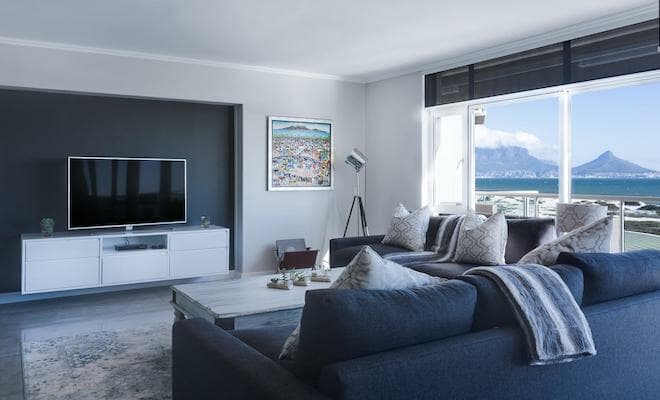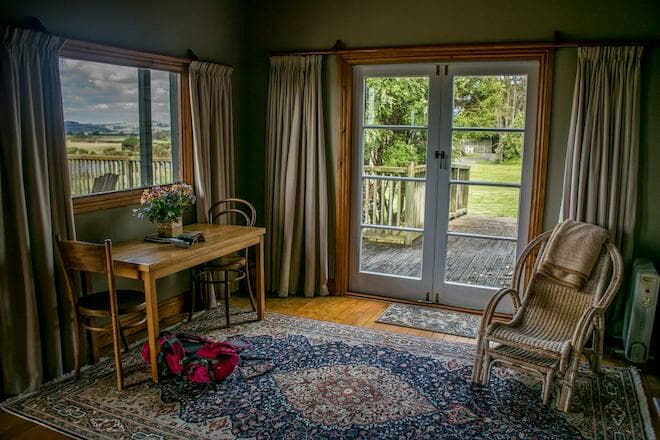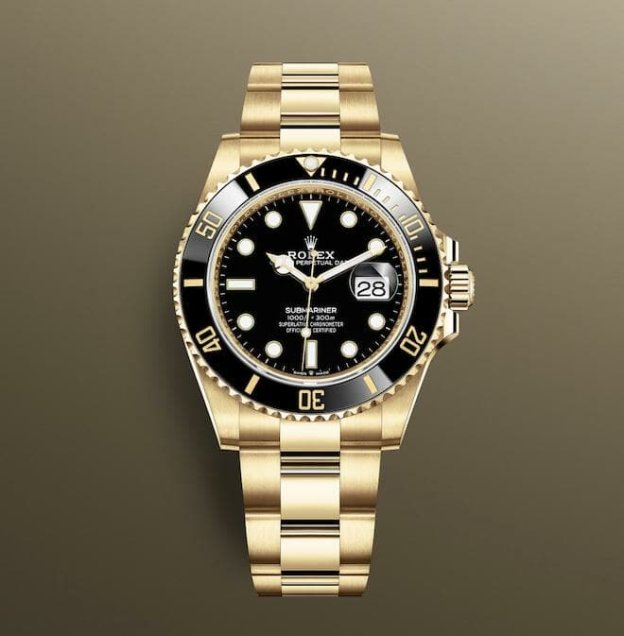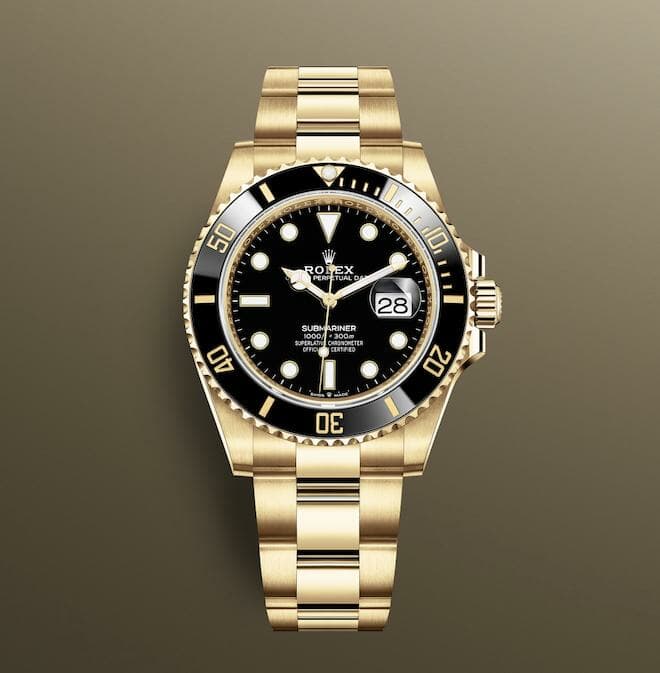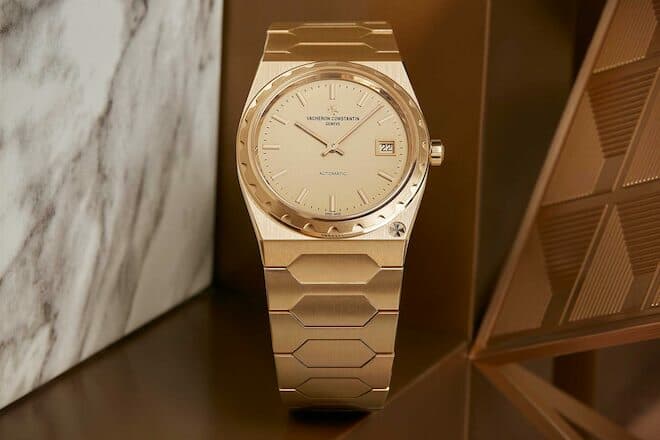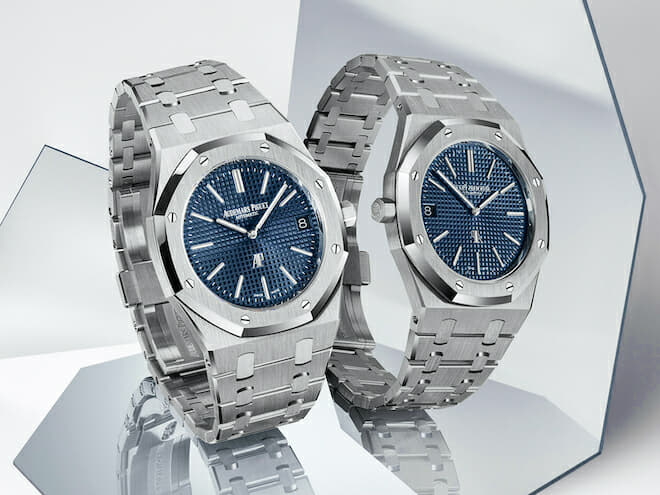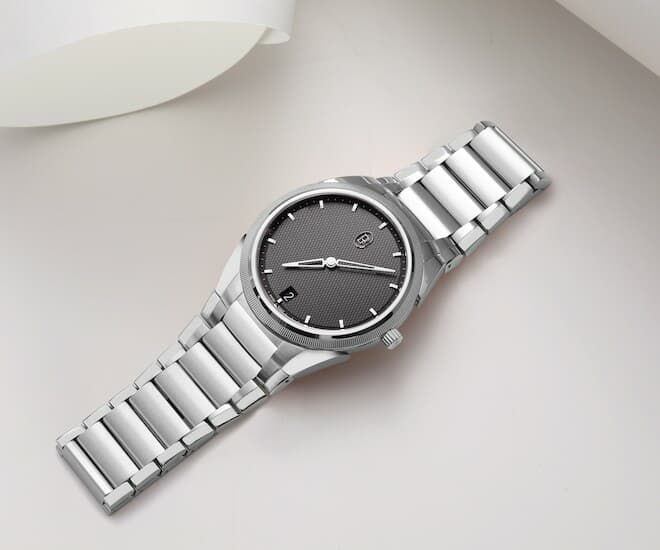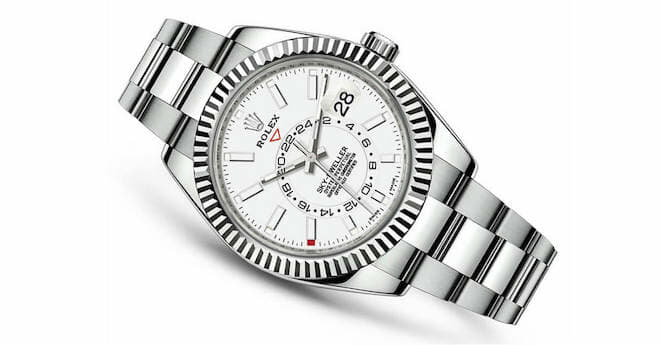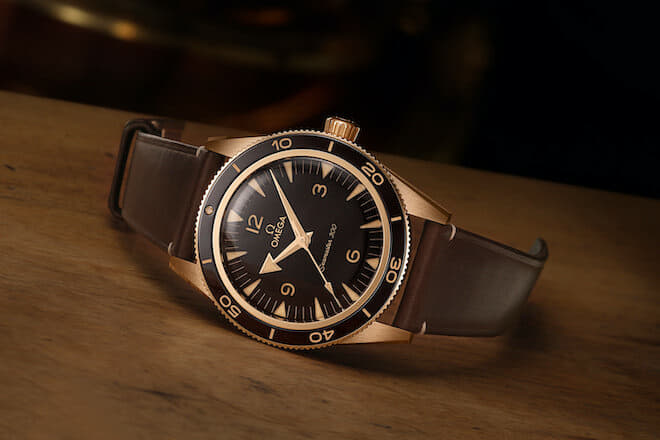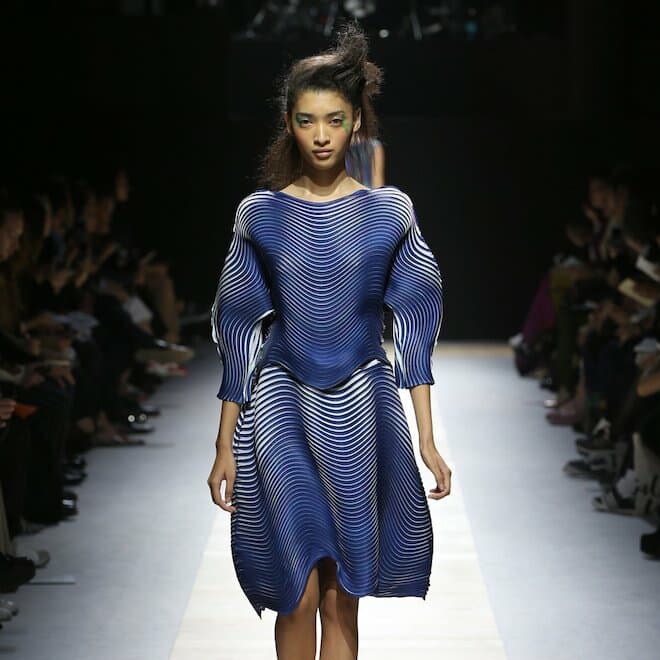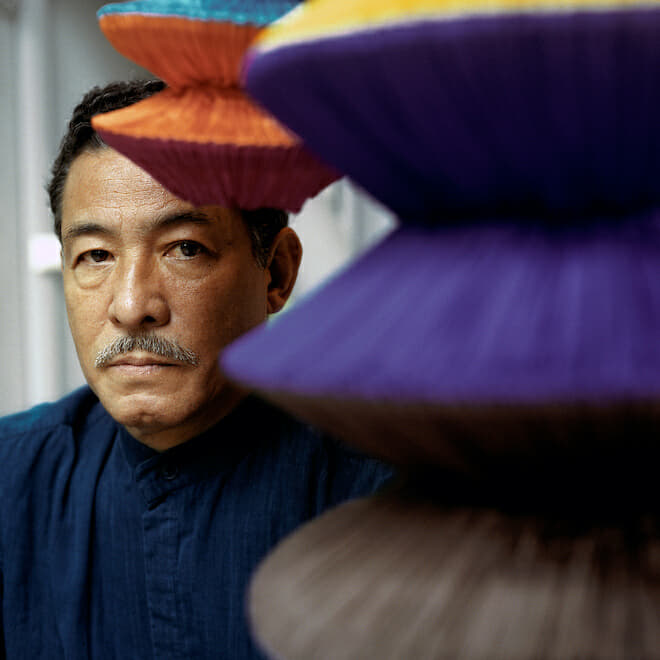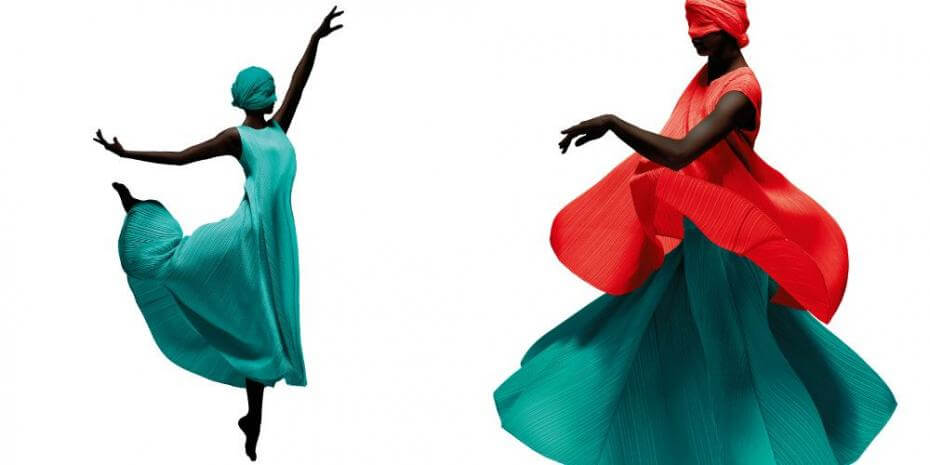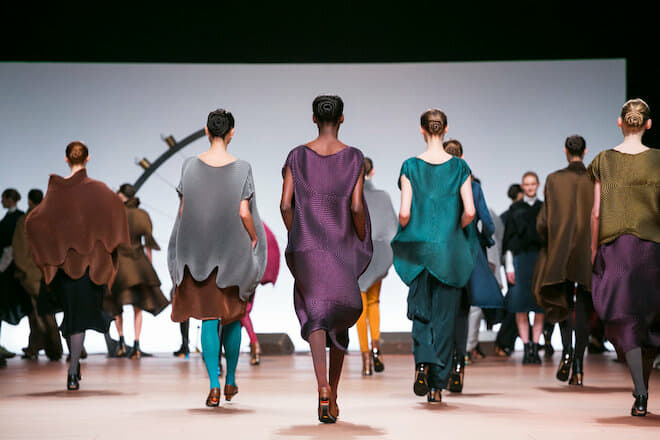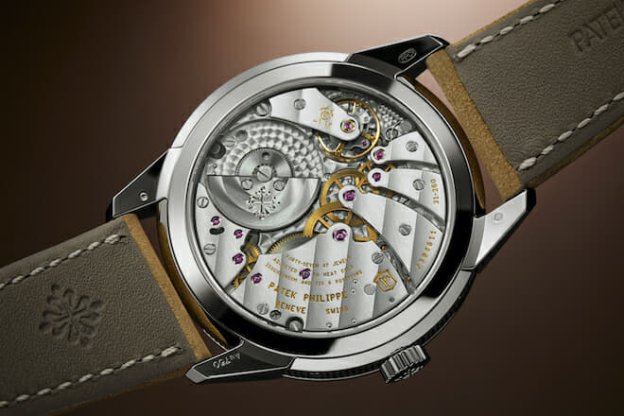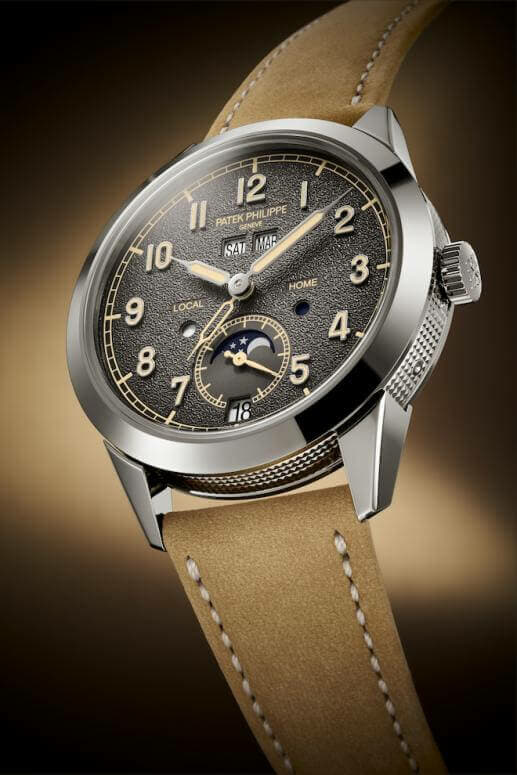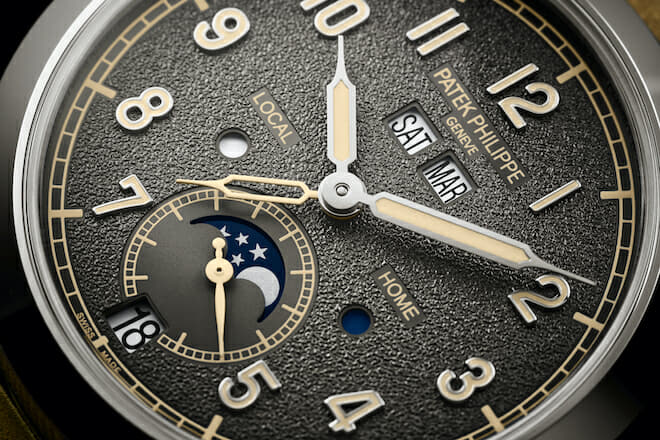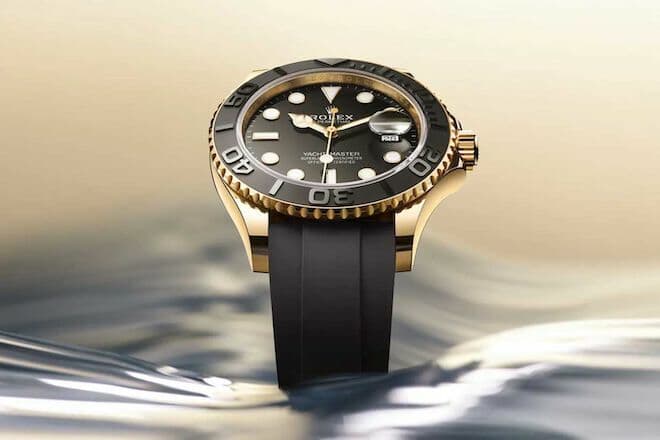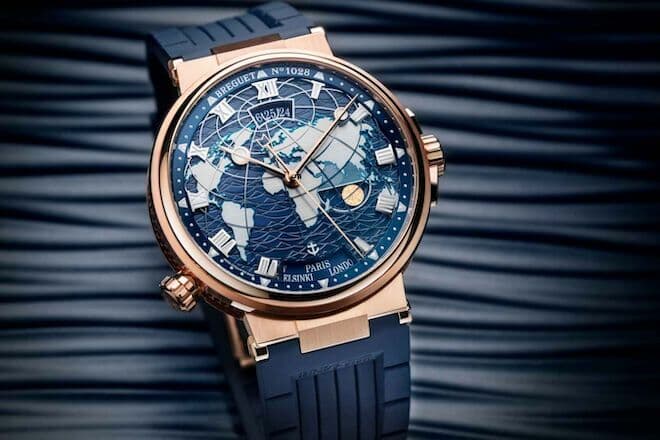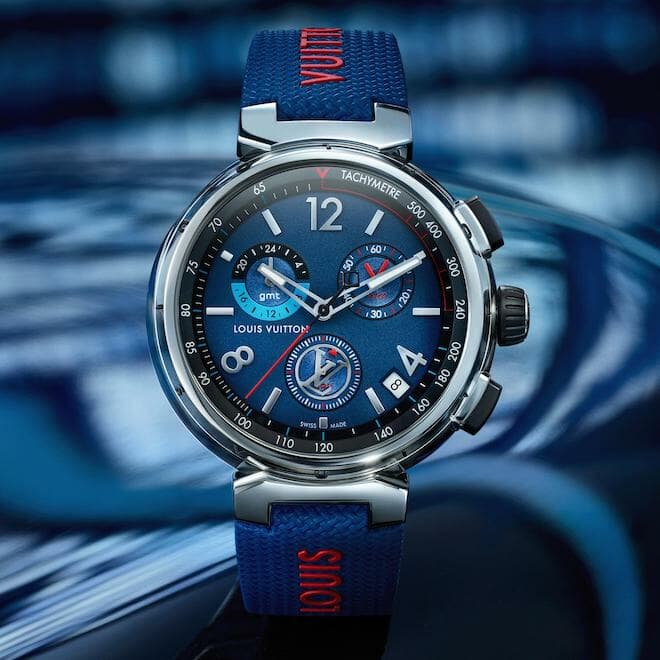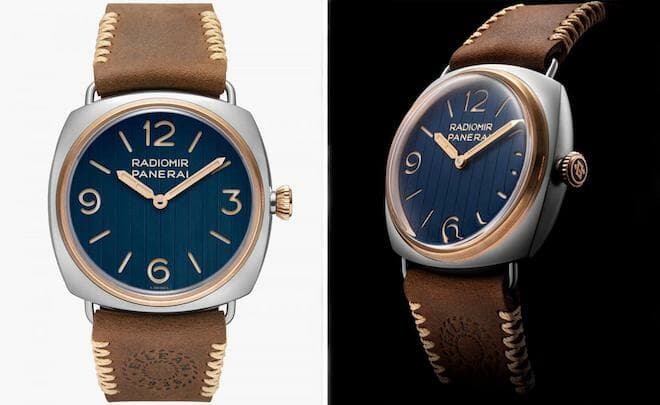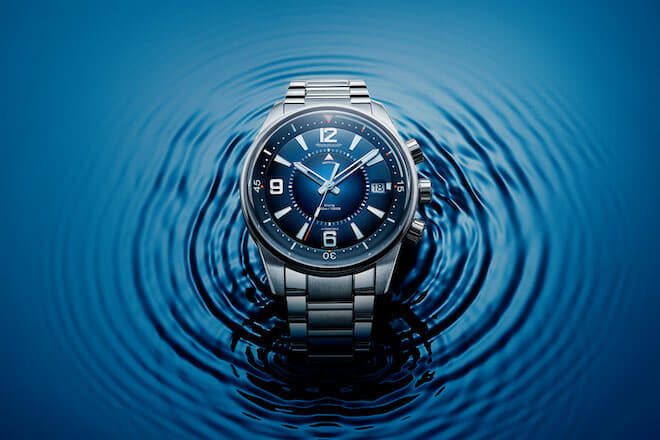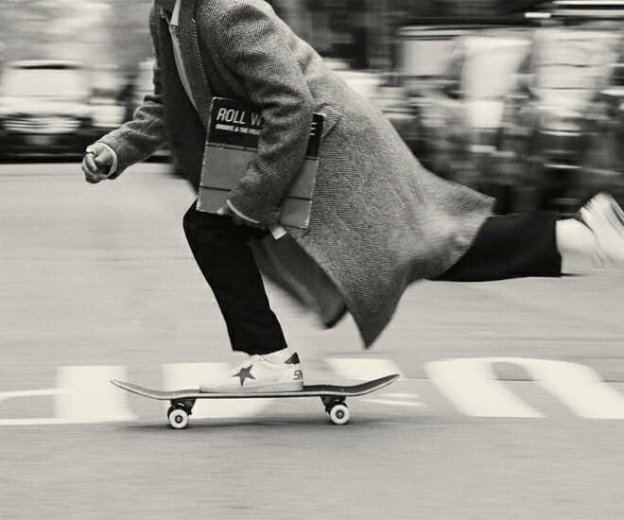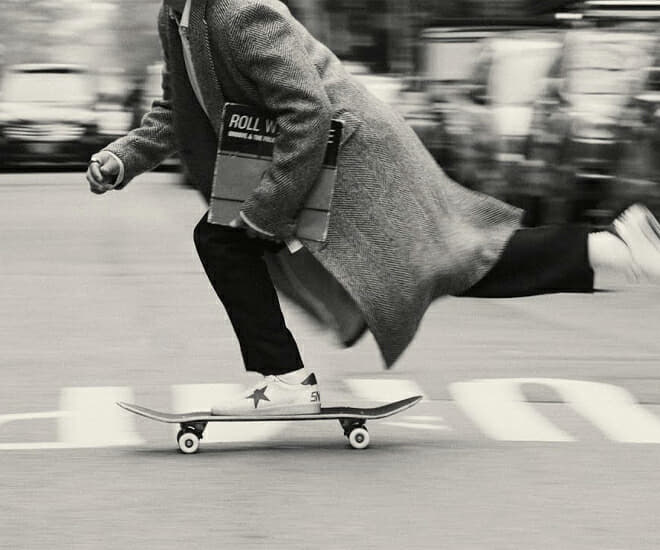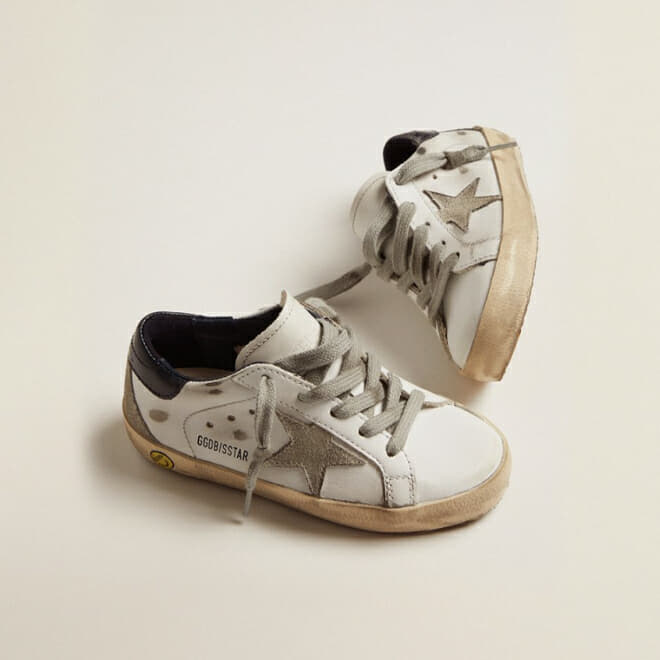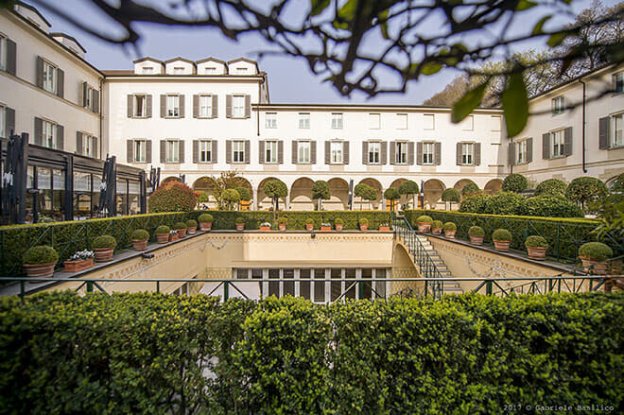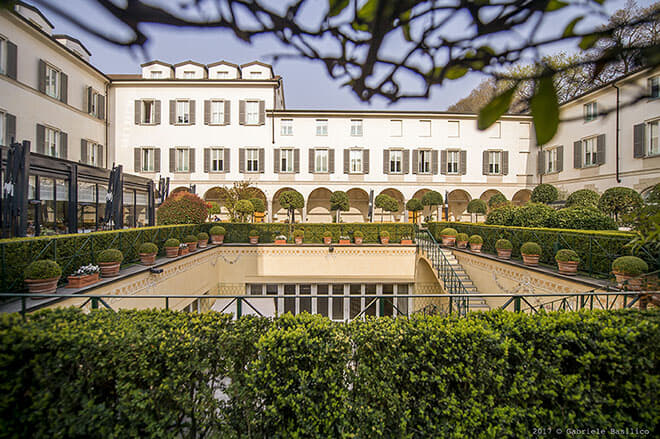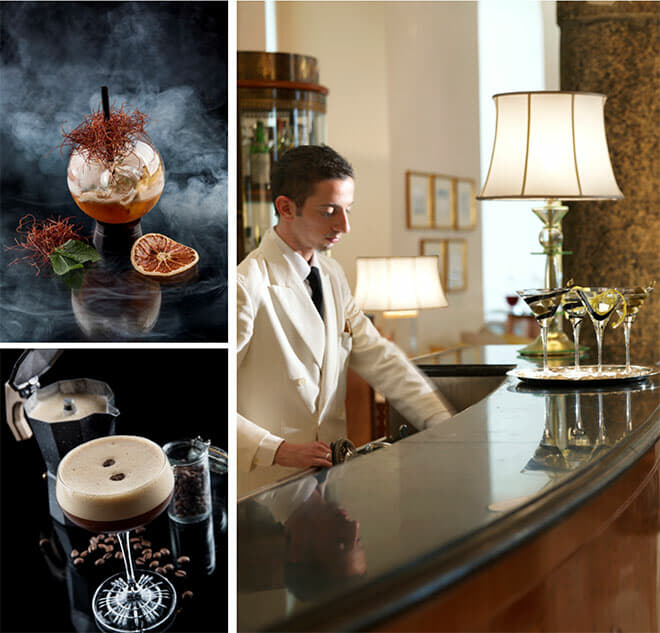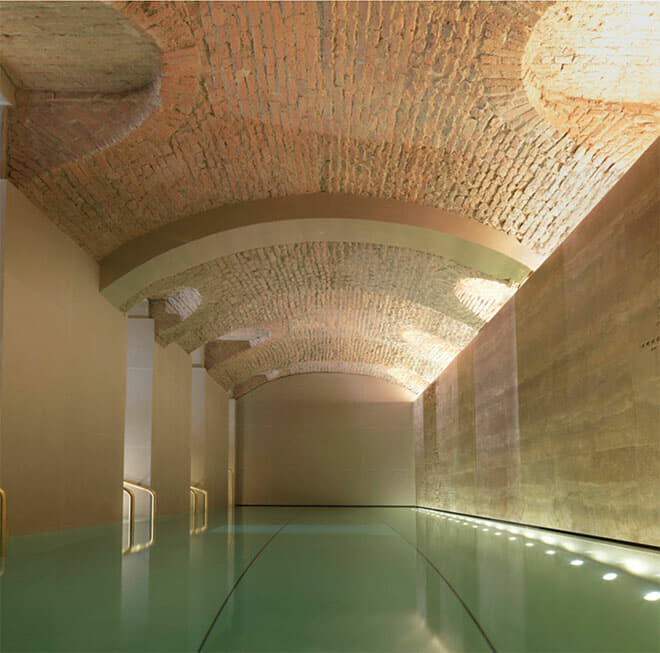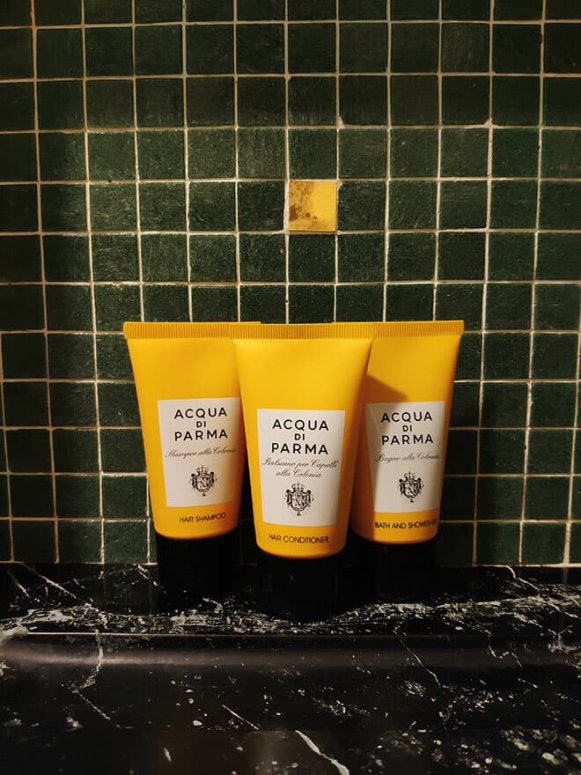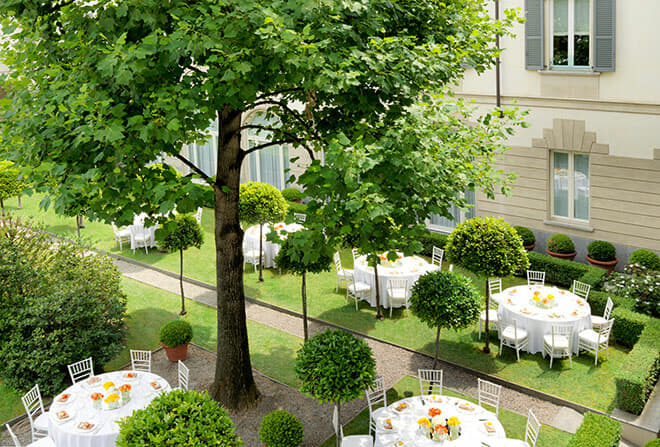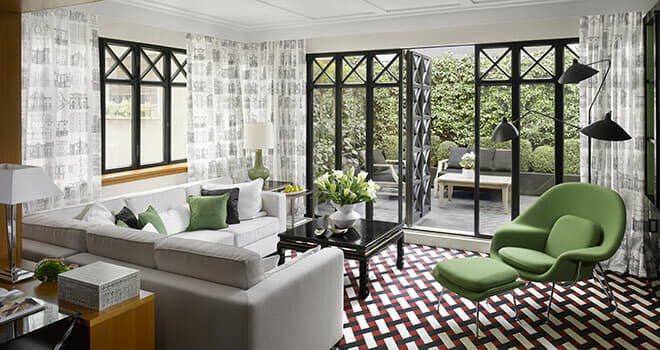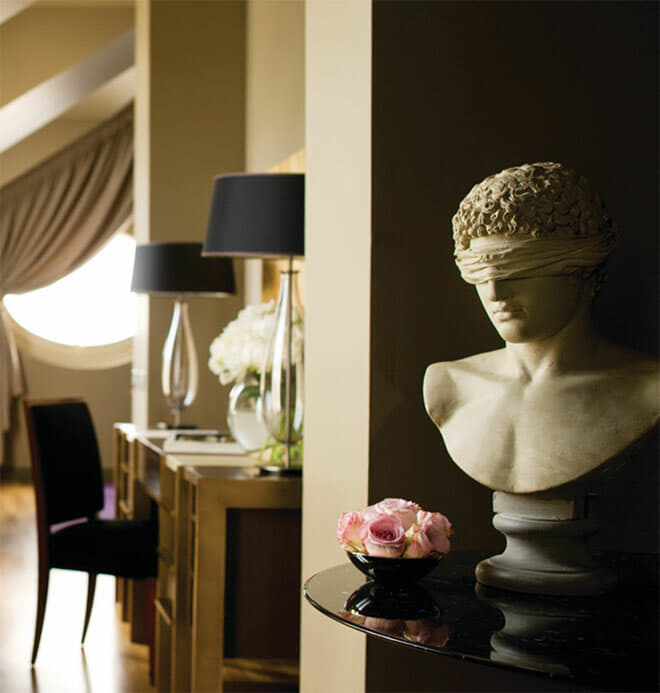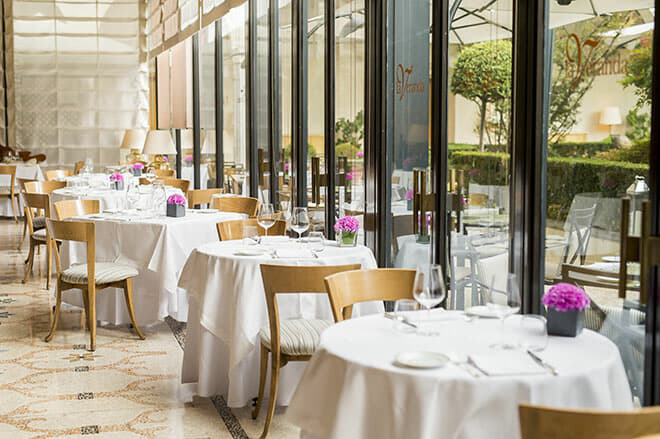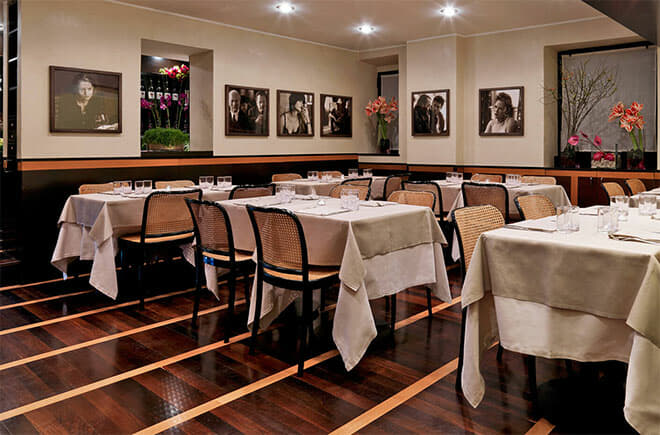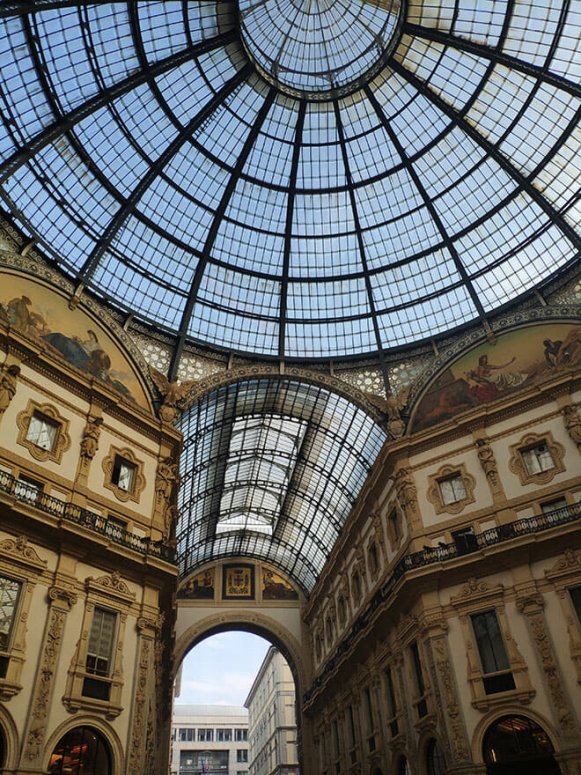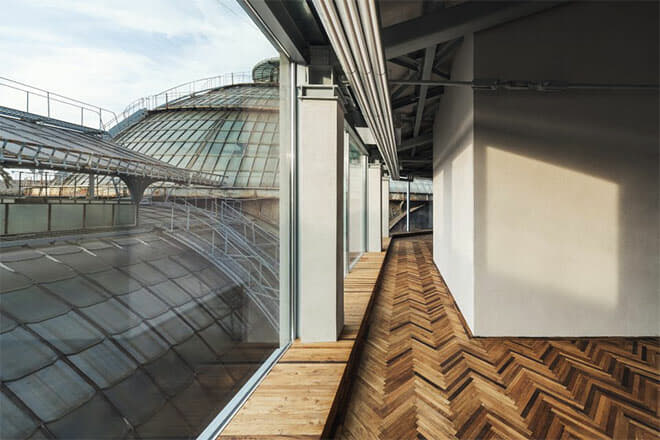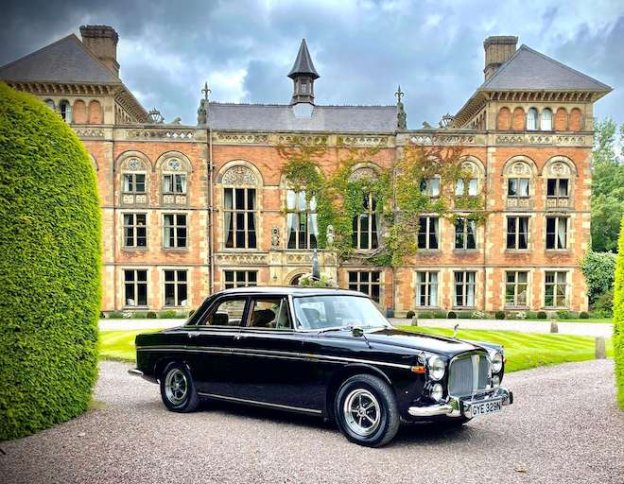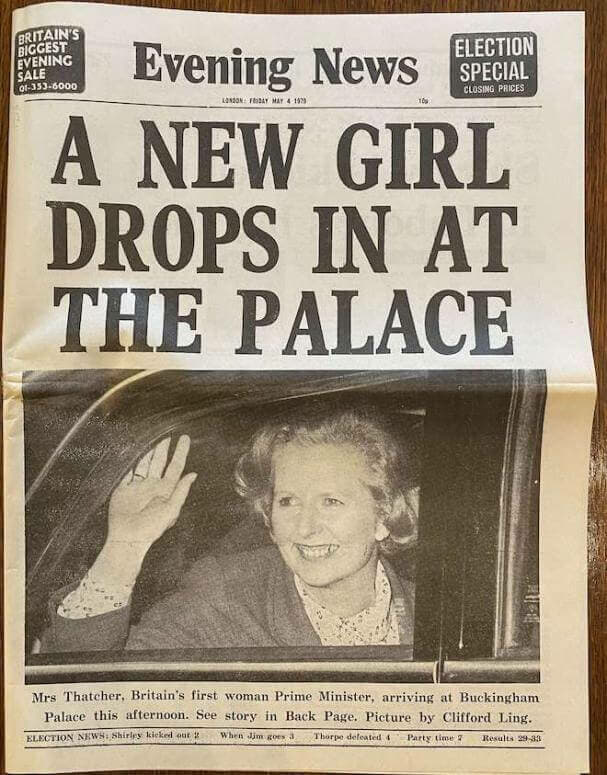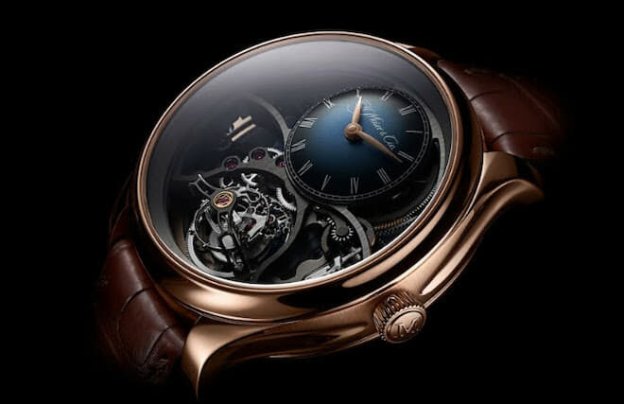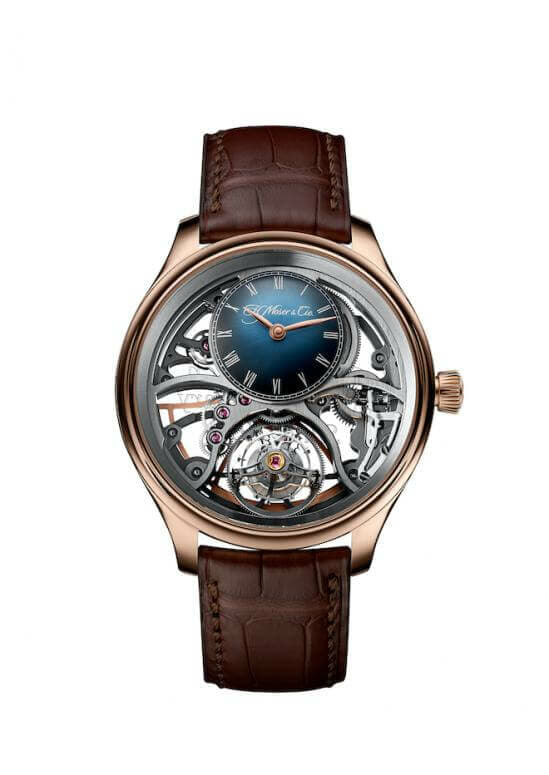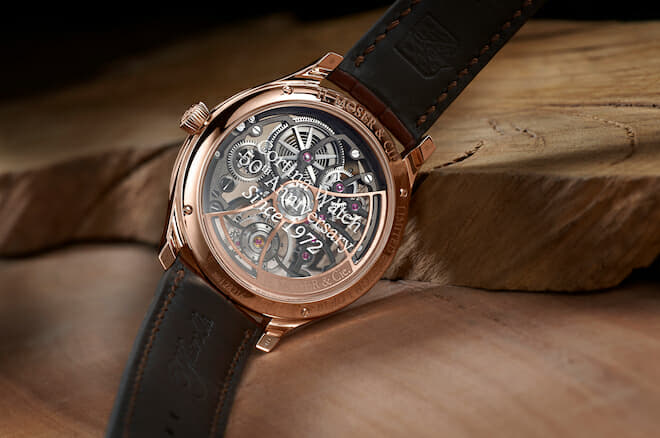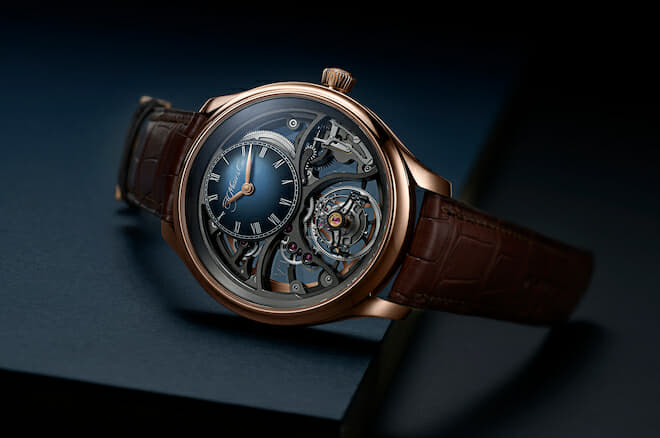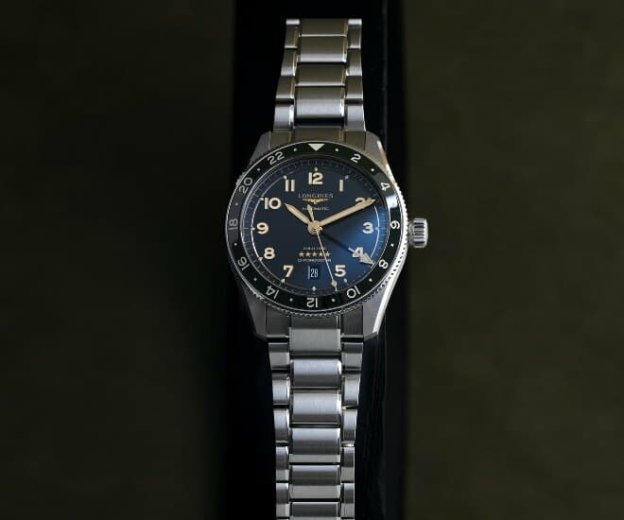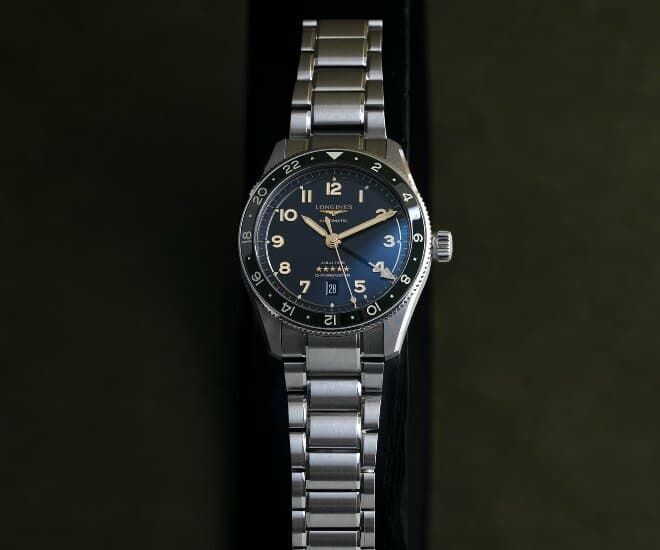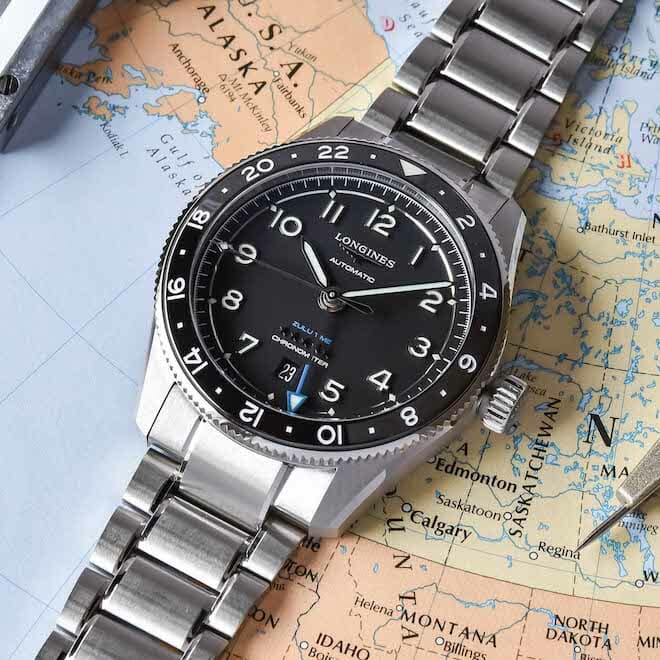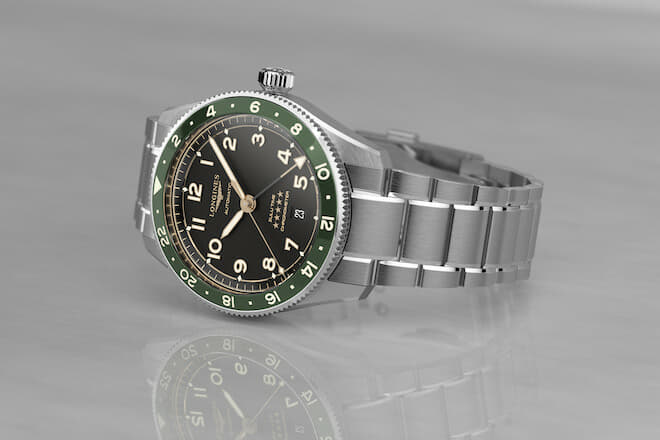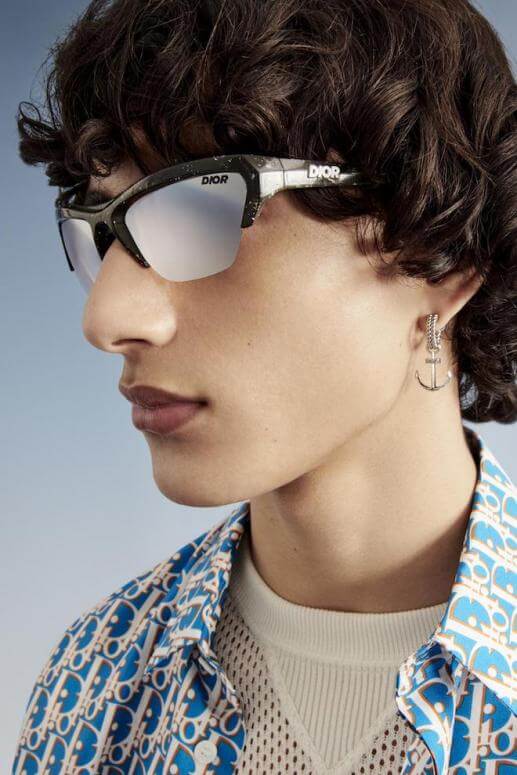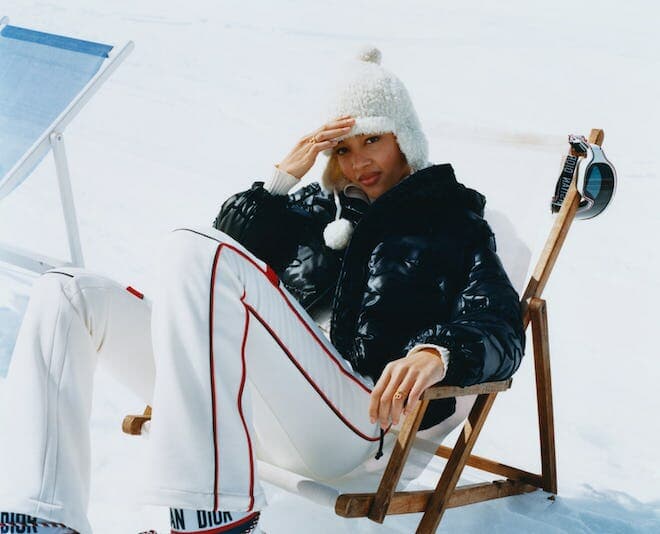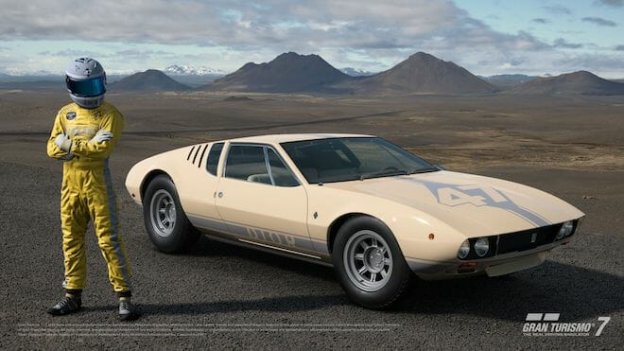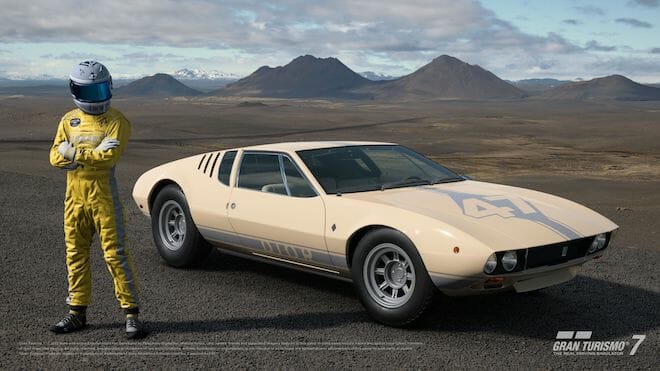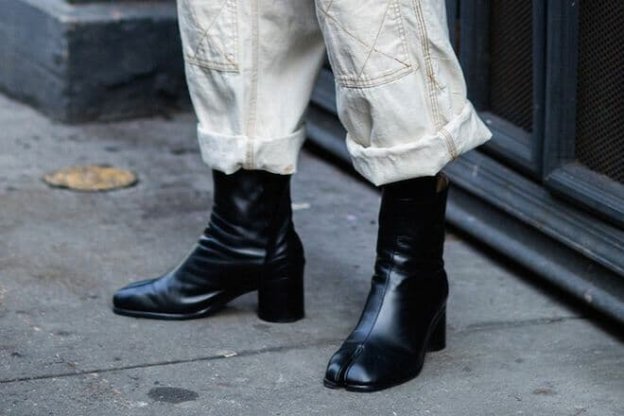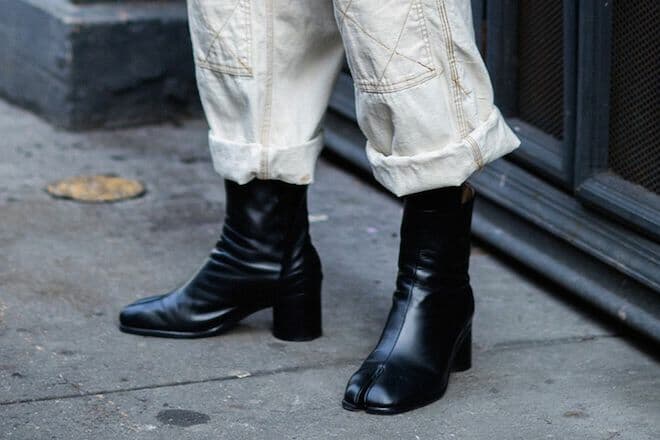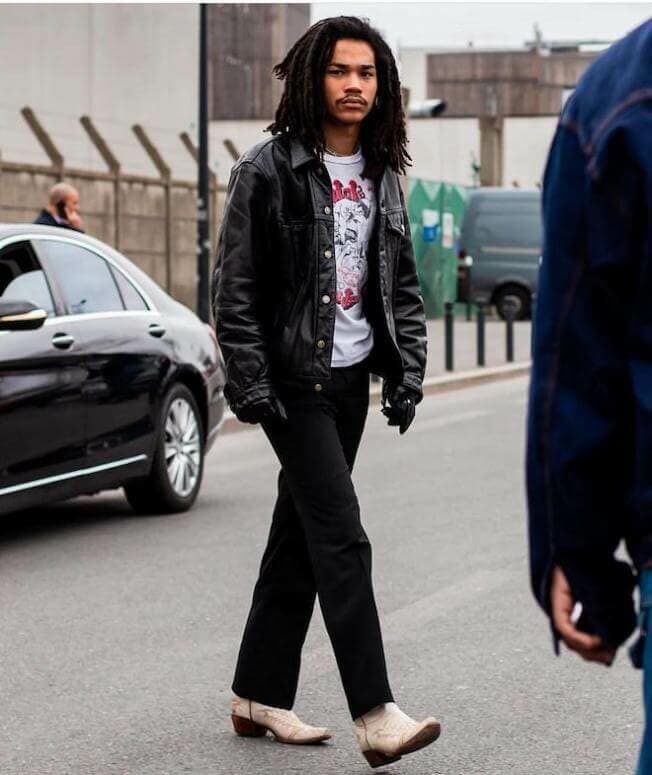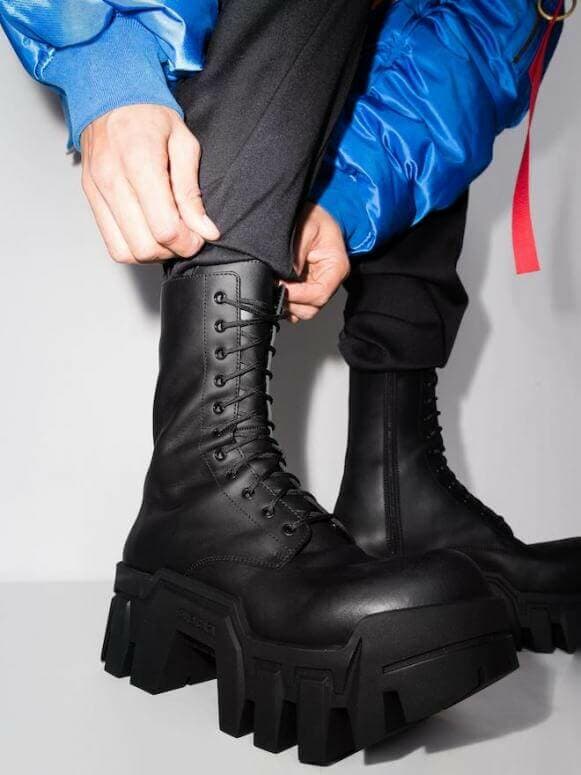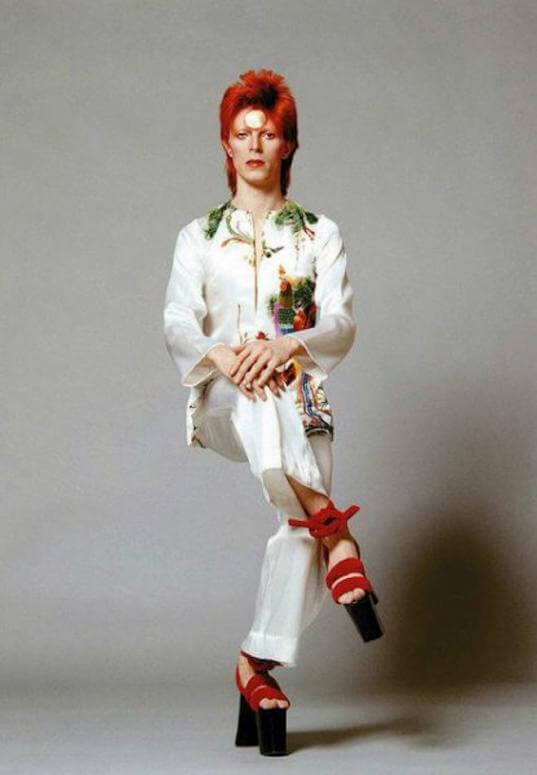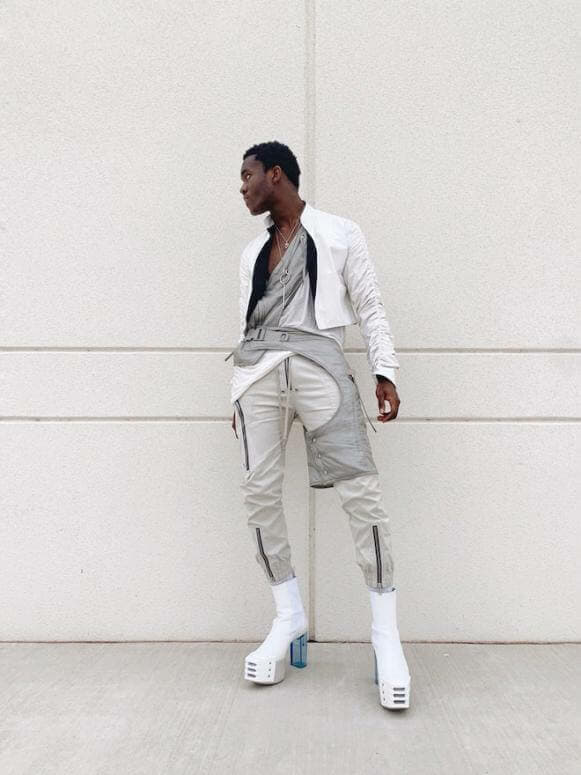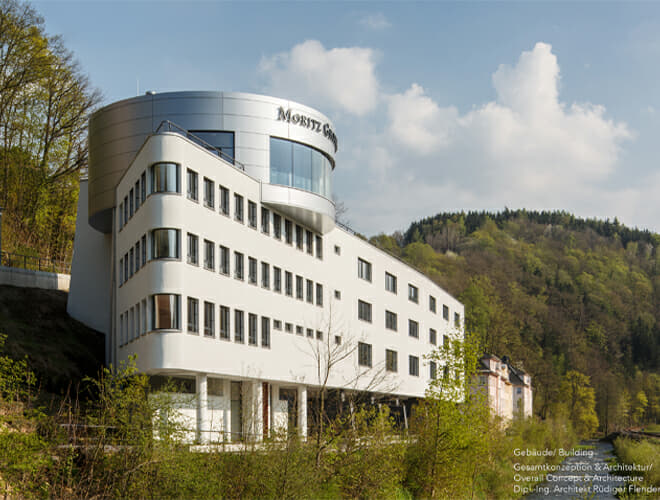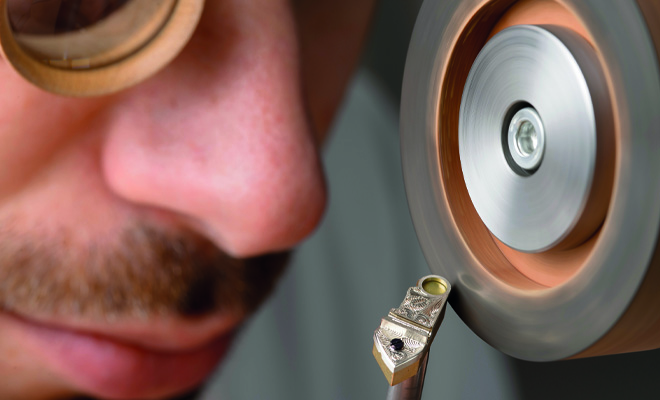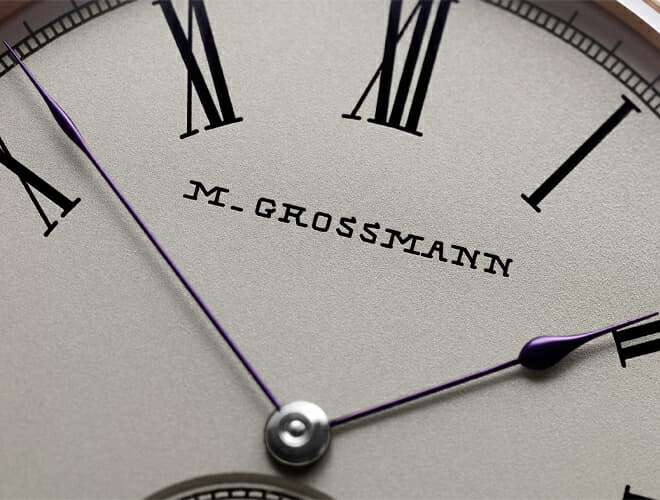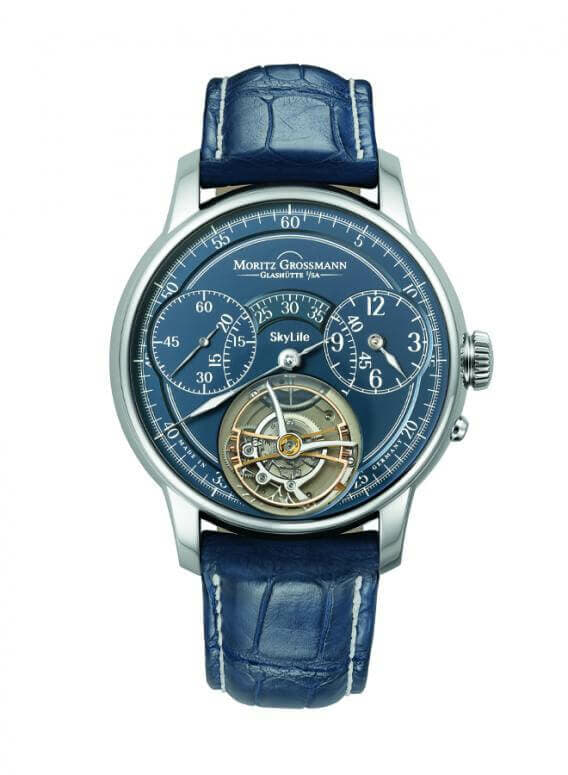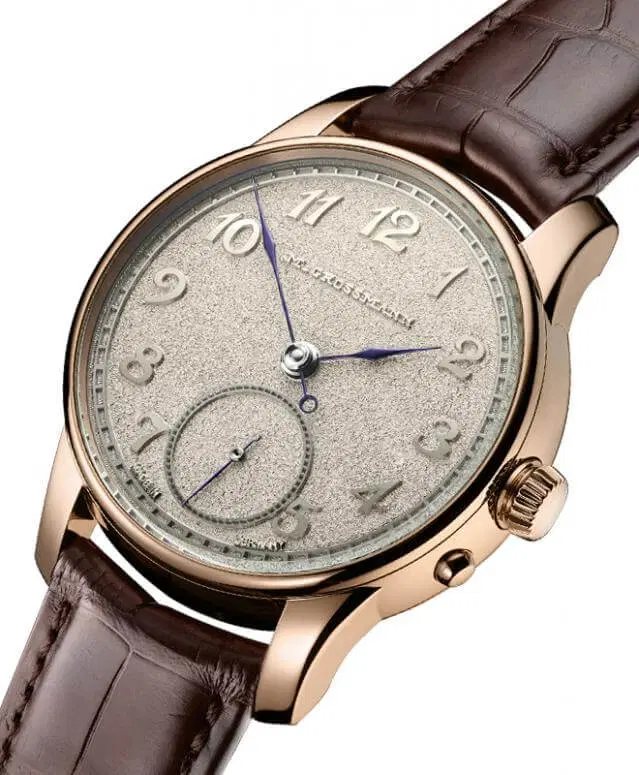
Tell us about your career and what brought you to the surrogacy and fertility space?
It’s amazing how life takes us along the most unexpected paths. Little did I know my forthcoming university degree, and in particular my financial career, would so well prepare me for the complexities of cross-border fertility solutions.
Following my studies at The Hong Kong University of Science and Technology, and earning a Bachelor of Business Administration in Economics & Finance, I secured a position with PwC. In this role, I was confronted by the intricacies of systems and controls of international financial institutions.
The next stop on my career path brought me to UBS — Wealth Management and Asset Management Divisions. My key responsibilities included bespoke solutions with colleagues from Singapore, London, Zurich and New York, addressing the needs of affluent private individuals, family offices and financial institutions.
Following an expedited career track at UBS, I joined Natixis Investment Managers to start up their Asia Pacific Risk and Control functions covering Australia, China, Hong Kong, Japan, Singapore, South Korea and Taiwan. Reporting directly to the Board of Directors of each entity, I was responsible for alerting emerging risk issues and assuring control effectiveness.
My last stop was with AIA. As lead for investment governance within the group office, I developed a common system infrastructure and continuously improved the 600-page management standard, collaborated with Chief Investment Officers, Portfolio Managers and Traders in 18 Asia Pacific markets.
My husband started providing cross-border fertility treatments for Chinese couples in 2015. I discovered there was no firm focused on helping the affluent. In May of 2022, we re-branded and re-launched the company in Beverly Hills including an exquisite new website, and positioning me as the CEO & Founder.
I bring investment governance expertise to the cross-border fertility space. This is the management framework within which decisions are made, accountability and responsibility are determined. “Fertility Governance”, developed by me, protects parents’ rights, interests and privacy, and ensures that IMA ART senior management are personally involved, readily accessible, and totally responsive.
Sadly, on a personal and intimate level, I also suffered two traumatic miscarriages. Deciding to turn adversity into strength and courage, today I channel those deep emotions into helping others through their IVF and surrogacy journeys.
Why did you choose with your husband to establish IMA ART in California?
Selecting Southern California as our HQ was an easy and strategically sound decision.
The State of California openly supports everyone who wishes to become a parent. There are no legal restrictions, such as those placed on singles and LGBTQIA+ and unmarried couples in many other jurisdictions.
California is home to several world-leading IVF centres and fertility specialists. Available treatments include Intrauterine Insemination (IUI), Egg Freezing, In-Vitro Fertilisation (IVF), Donor Eggs & Sperm and related laboratory procedures including Intracytoplasmic Sperm Injection (ICSI) and Pre-Implantation Genetic Testing (PGT). Specialists are available to assist with male and female fertility challenges.
Commercial surrogacy is legal in California. Coordinating parties include attorneys specialised in reproductive law, clinical psychologists, surrogacy insurance experts, escrow agents and, of course, top hospitals in Los Angeles where surrogates may give birth.
And finally, you’re familiar with the song “It never rains in Southern California”. The weather is gorgeous year-round, and Beverly Hills abounds with fine dining, Rodeo Drive has luxury shopping options and lovely five-star hotels. Between treatments, we invite our clients to take advantage of our city’s finer experiences.
What is unique about the services and coordination IMA ART Fertility is bringing to this space?

IMA ART is the first of its kind luxury fertility and surrogacy solutions provider exclusively serving high-net-worth individuals. The company provides discreet one-stop fertility programmes geared towards discerning clienteles.
The market is untapped because high-net-worth individuals face fertility challenges like the rest of us. But they don’t have time to create their families as they’re busy creating wealth. By design, we accept a limited number of clients each year, assuring there are no limits to the care and personalised support we offer.
Learning from my work in Swiss banking, privacy is a core principle and top priority in serving high-net-worth individuals. At IMA ART, every aspect of our operation contemplates client confidentiality and how to safeguard it. Most unusual in this industry, we absolutely do not publish pictures, testimonials or names of our clients or their babies.
To further protect the privacy of our clients, IMA ART built an exclusive SOC II mobile app — by invitation only — allowing for secure communications.
You shared that “you believe everyone deserves the right to top fertility treatments and expert support in becoming a parent”. Who are your clients and what are their profiles?
IMA ART clientele come from the financial industry, energy, manufacturing, haute couture, fine art, jewellery and gem stones, high-tech, real estate and professional sports. And being located in Los Angeles, clients also knock on our door from the film industry.
IMA ART’s private clients appreciate the value of a high-end personalised and exclusive experience in every aspect of their lives. They want access to the world’s best who will craft them a custom path to parenthood. Fine dining, luxury Rodeo Drive shopping and wellness are infused into every fertility itinerary.
IVF remains one of the most talked about fertility solutions — but what does it involve, and what, really, are the chances of success?

IVF medical treatments and success rates vary in effectiveness. It takes an experienced fertility specialist to identify the best protocols, to ensure the highest likelihood of success. IMA ART has cultivated relationships with the top IVF experts in California — our clients are placed in the best hands in the world throughout their IVF journey.
IVF success rates are highly dependent on the age, quantity, and quality of mature eggs retrieved, which makes the assisted reproductive technology (ART) procedures selected all the more essential. U.S. IVF centres have the highest success rates in the world, defined as giving birth to a single healthy child.
IMA ART works with IVF centres to create personally tailored plans leveraging on modern technology and experts at the forefront of IVF. To improve the likelihood of a successful fertilisation, eggs and sperm are carefully tested for genetic issues. Pre-implantation genetic testing (PGT) is performed on embryos reaching day five and results are published approximately two weeks later — only viable embryos are considered for implantation.
Who is an ideal candidate for IVF?
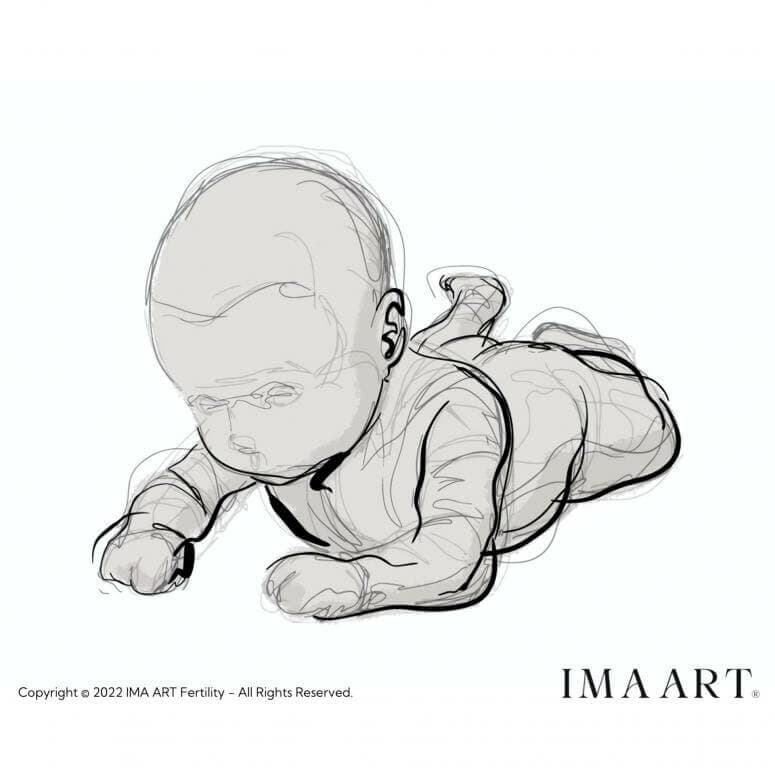
The number of people seeking IVF help is enormous. Some seek IVF due to medical reasons, while others seek IVF help in the U.S. due to legal restrictions in their home countries.
Among heterosexual couples, those who have not conceived naturally in one year, may consider IVF. Outside the U.S., many jurisdictions prevent unmarried couples from seeking IVF help but we offer them the path to parenthood.
Single women and lesbian couples are candidates for IVF. Treatment includes sperm donors, fertilisation and embryo transfer. In most countries around the world, single women and lesbians are prevented from becoming parents through IVF.
Likewise, single men and gay couples are ideal candidates for IVF and surrogacy. The vast majority of countries around the world make commercial surrogacy illegal, meaning gay men have very few safe options to create their families.
IMA ART helps anyone seeking assistance in creating their families.
What is the timeline for a round of IVF?

IVF is a process of fertilisation where an egg is combined with sperm in vitro (“in glass”). The process involves monitoring and stimulating a person’s ovulatory process, removing an ovum or ova (egg or eggs) from their ovaries and letting sperm fertilise it in a culture medium. When a client selects intracytoplasmic sperm injection (ICSI), a single sperm is injected directly into the egg using a tiny and harmless needle. After the fertilised egg (zygote) undergoes embryo culture for two to six days, it is implanted in the same or another person’s uterus, with the intention of establishing a successful pregnancy.
IVF treatments are performed at one of the IVF Centres located in Los Angeles. A typical IVF treatment involves two trips to Los Angeles. The first 14-day trip covers ovarian stimulation, egg retrieval, sperm retrieval and fertilisation. The second 7-day trip is scheduled for embryo implantation.
How to prepare for IVF?
Prior to arriving in Los Angeles, for treatment, clients undergo medical pre-screening in their home country. There are separate and important tests for men and women. These tests generally involve ultrasounds, blood work and other laboratory procedures.
Results of the tests are passed along by IMA ART to the selected IVF centre. The fertility specialists will review the results on the first day of ovarian stimulation. Personal health data is continuously assessed and factored into adjusting treatment protocols.
A healthy diet, rest and exercise are all encouraged in the months leading to a client’s arrival in Los Angeles. Male abstinence for 3 to 4 days prior to sperm retrieval at the IVF centre, is also requested.
Smoking and alcohol consumption are discouraged.
Tell us about how pre-genetic testing can improve the odds of a successful pregnancy?
Pre-Implantation genetic testing (PGT) is one of the most important tools available to the fertility team. In addition to testing genetic material (eggs and sperm, and lastly, embryos) for a wide range of abnormalities and potential risks, PGT identifies the sex of the embryo, allowing parents to select gender of their future baby. This procedure critically checks for the following:
• Down’s syndrome
• Turner’s syndrome
• Klinefelter’s syndrome
• Cystic fibrosis
• Sickle cell anaemia
• Developmental delays
• Learning disorders
• Physical challenges
• Becoming infertile as an adult
Ultimately, PGTs can benefit parents by assessing any increased risk of birth defects and reducing the likelihood of miscarriages or complications.
For parents wishing for a daughter or son, PGT is the perfect solution. Gender selection is legal at IVF centres here in California.
What is secondary infertility?
Secondary infertility is defined as the inability to conceive or carry a baby to term after previously giving birth. Options for secondary infertility include IVF and possibly a surrogacy arrangement.
Is using donated eggs safe?
Yes. Eggs and donors-to-be go through a variety of strict assessments and scans to ensure they are healthy and unlikely to carry genetic diseases that could be passed on to our discerning clients or our client’s future child.
People interested in using donated eggs have been trying to conceive for a while, without success, this may include:
• Same-sex couples or male individuals who plan on using a surrogate and want to select an egg that mirrors their own genetic profile
• Women whose attempts to conceive using their own eggs have been unsuccessful
• Women who’ve undergone cancer treatments or other medical procedures that have made it difficult or impossible to conceive with their own eggs
• Women whose ovaries have been surgically removed
• Women with a history of genetic disorders who don’t want to risk passing them down to their children (especially x-linked disorders)
• Women who’ve gone through early menopause or have experienced ovarian failure
• Women whose eggs are damaged, low in numbers, or otherwise not viable for conception due to age or other factors
Read more in our article “Is Using an Egg Donor Right for You?“
What are the success rates for pregnancies from donated eggs?
Research by the Society for Assisted Reproductive Technology suggests that fresh eggs have a marginally higher success rate than frozen eggs. They found the rate for live births from fresh eggs was about 44.7 per cent compared to 40.5 per cent with frozen eggs. That being said, thousands of babies have been born from both frozen and fresh eggs and there are unique advantages to either choice our clients make.
In the U.S., success in IVF (with or without using an egg donor) is defined as giving birth to a single healthy baby. In other countries around the world, IVF success is determined if and when a woman only tests positive for pregnancy.
U.S. fertility treatments thus have a far higher standard for success.
What is the vetting process currently in place for surrogates?
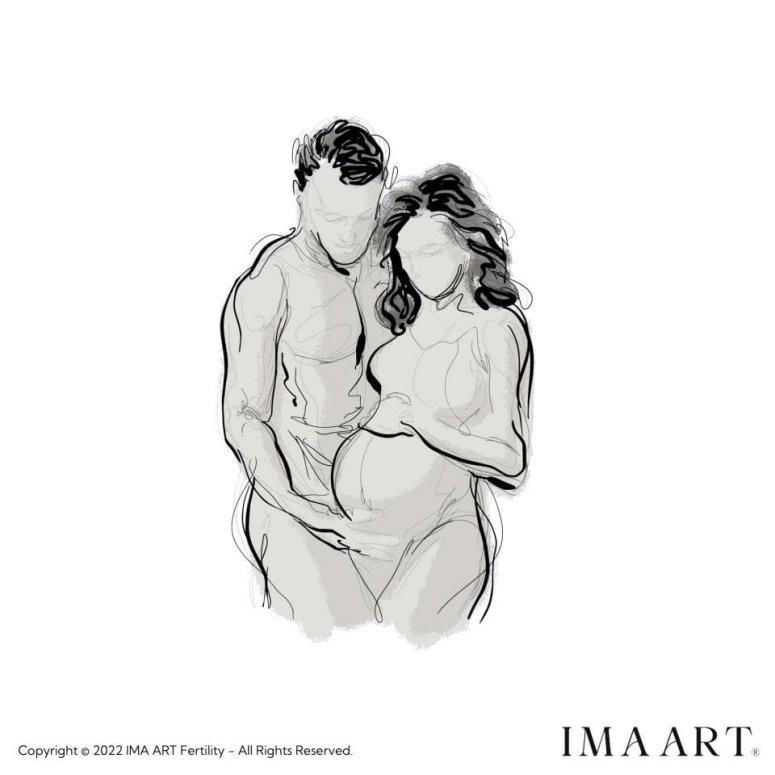
At IMA ART, we follow the American Society for Reproductive Medicine’s recommendations for surrogacy best practices. But unlike most surrogacy agencies, our support continues beyond the initial application.
All surrogates on the IMA ART secure database undergo extensive high-quality screenings by health professionals prior to our client’s review. We screen for physical and mental health problems, previous successes carrying a child to term, background, and more.
We ask difficult surrogate pregnancy questions, including terminating a pregnancy due to genetic abnormalities or selective reduction. The answer to all of these questions is an integral part of a successful matching process. The surrogate candidate will undergo further essential assessments by our Clinical Psychologist and executive Team, including:
• Personality assessments
• Psychological evaluations
• Consultations
• House visits
• Interviews with the surrogate’s significant other and family members
• Assessments of their relationships to make sure they have a strong support system throughout the surrogacy journey
• Monthly check-ins following implantation
Clients will also be offered the opportunity to meet with our Clinical Psychologist to help them prepare for what lies ahead.
You stated that IMA ART Fertility adheres to the regulations and guidelines of the American Society for Reproductive Medicine. What are these guidelines? What protection do they offer to parents and surrogates?
The American Society for Reproductive Medicine (ASRM) is headquartered in Washington D.C. and is dedicated to the advancement of the science and practice of reproductive medicine.
The ASRM publishes recommendations and guidelines to share best practices and set expectations among the parties participating and contributing to this field.
For example, the “Recommendations for Practices using gestational carriers (surrogates)” intend to provide guidance for appropriate timing to consider the use of a gestational carrier; provide recommendations for screening and testing of intended parents and surrogates to reduce the possibility of complications; and address the complex medical and psychologic issues that confront the surrogates and parents, as well as the future children.
This document also covers required screening and testing of intended parents, managing the laboratory results, psychological counselling, medical evaluation and embryo quarantine. For the surrogates, the ASRM provides guidance related to the selection process, infectious disease screening and testing, laboratory testing, preconception testing, psychological evaluation and counselling by a qualified mental health professional, extensive psychoeducational counselling and legal counselling.
The above guidance has proven invaluable in safeguarding the interests of all parties involved in a surrogacy arrangement. It is my belief they contribute to making America the only safe, legal and reliable destination for commercial surrogacy in the entire world.
Reproductive laws are highly complex. What assistance is IMA ART Fertility providing to parents?
Yes, the legal landscape can be intimidatingly complex for many people entering the world of fertility services. That’s why we offer access to an expansive network of leading attorneys at the forefront of reproductive law in the U.S.
In most countries, surrogacy and fertility law (also known as reproductive law) is complicated at best. IMA ART decided to locate our home out of California, where parents’ rights are protected by state law and by precedent. This way, parents can rest easy knowing that once their heir arrives, they won’t have to worry about legal issues, complications, or delays returning home.
IMA ART Fertility provides personal concierge services to parents. Can you tell us more there?

Yes, luxury experiences here in Beverly Hills are an integral part of the journey. As our client’s personal fertility concierge, we at IMA ART pride ourselves on delivering exclusive experiences to cater to our clients’ every need and help them relax as they prepare for their future heir.
Once our clients’ flight touches down in Los Angeles, I am waiting in person, with our luxury SUV. Clients are escorted, in style, to their elegant five-star hotel in Beverly Hills.
Between treatments, we reserve spa treatments, fine dining and personally accompany clients on luxury shopping excursions. I individually met with the boutique brand managers on Rodeo Drive and familiarised them with the private nature of our work, and how our high-net-worth clients need that extra special attention. Our clients may enjoy a sparkling crystalline pools, and unrivalled service at hotels known for their glamour and prestige. Should they want to explore, they’ll have the service of our private SUV limousine to deliver them on luxury tours in Los Angeles.
Our Asian upbringing personally exposed us to the finest hotels in Tokyo, Hong Kong, Singapore and Bangkok. Asian hospitality is unparalleled. We understand what high-net-worth individuals expect when engaging a luxury concierge.
Everything is done according to the very highest, meticulous, white-glove concierge standards. A fertility journey to parenthood requires time. We personally know each of our clients and develop intimate long lasting relationships. This private emotional support is at the core of what we do, and what differentiates IMA ART.
How easy is it to contact IMA ART Fertility?
This is an interesting question and I’m glad you ask.
While still in Hong Kong, we spoke with a handful of parents who previously travelled to LA for fertility treatments. A common complaint was that American companies refused to show flexibility in their working hours — the result was these parents had to wake up all hours of the night to communicate with their fertility agents in the U.S.
IMA ART is officially open 12 hours a day, Monday through Saturday. On Sunday, we operate for four hours. However, if this does not meet the needs of our clients, we will adjust to accommodate their schedules and international time zones.
If you were to mention one mentor or a leader who has influenced you along your life and career, who would that be?
This would have to be the man who broke cultural norms and said hello to me on the train in Hong Kong.
It was him who refined the concept of a luxury fertility and surrogacy solutions company serving highly successful people after I realised that the market for this was wide open and untapped.
Although my husband is a recent addition to my life, I’ve learned an incredible amount about business and its day-to-day complexities in the few years we’ve been together. These are the things they don’t teach you at business school.
For more information about IMA ART Fertility, click here.
For more reads on leaders, click here.













